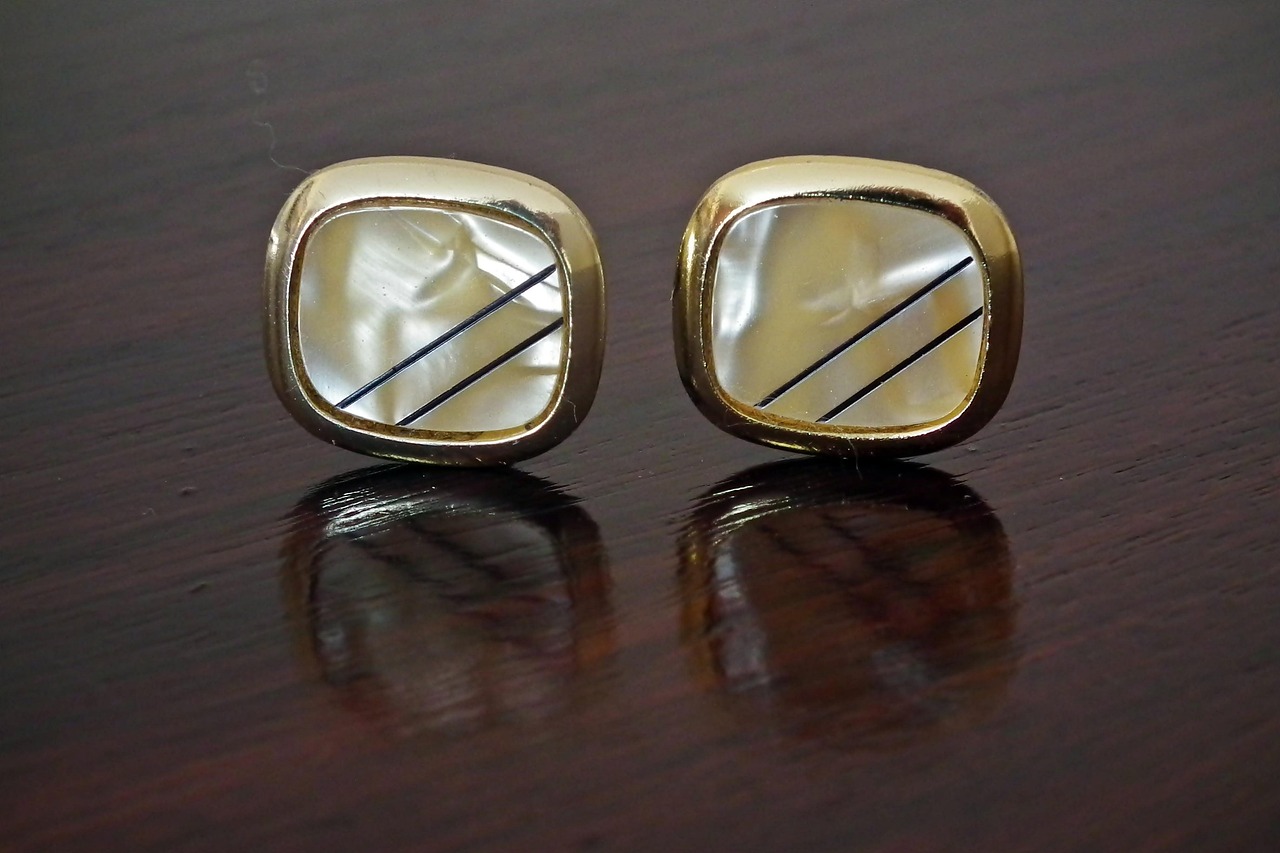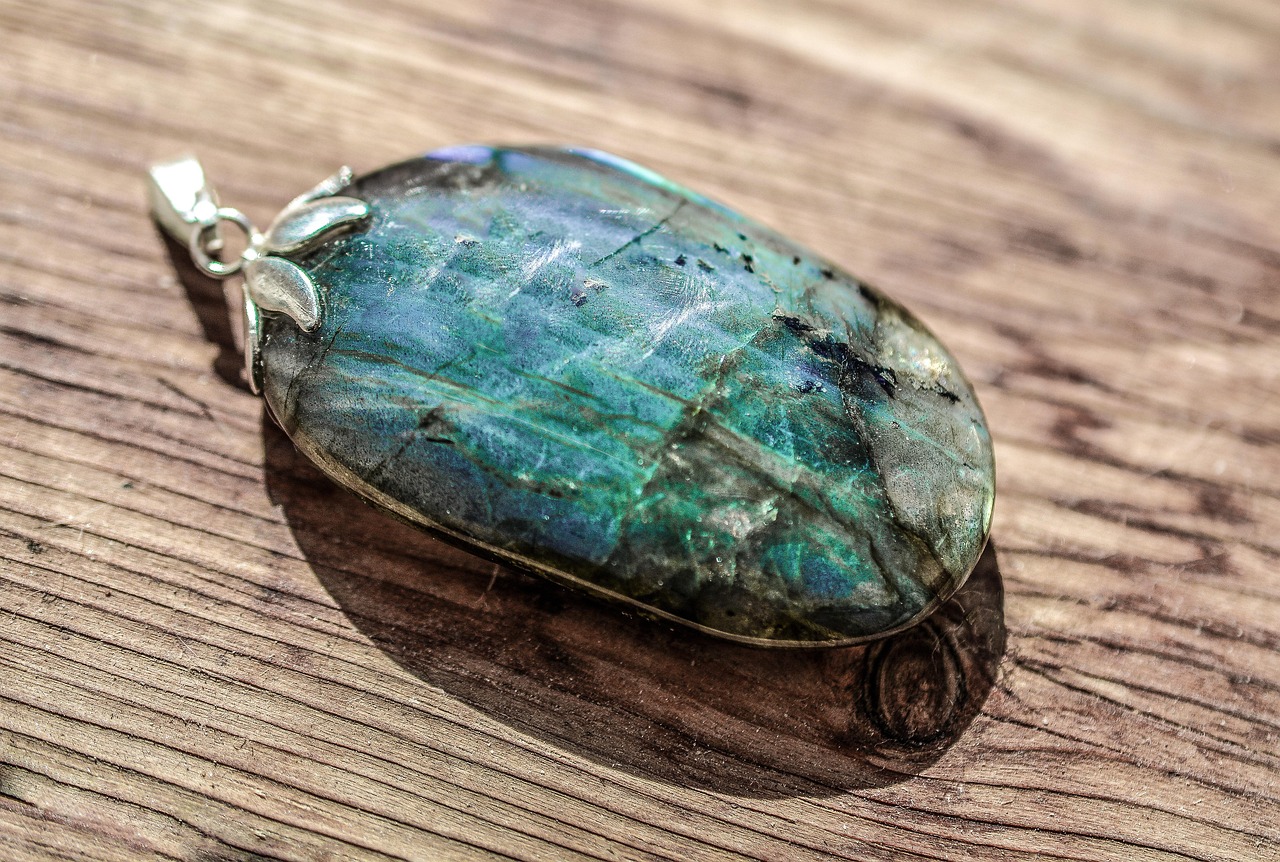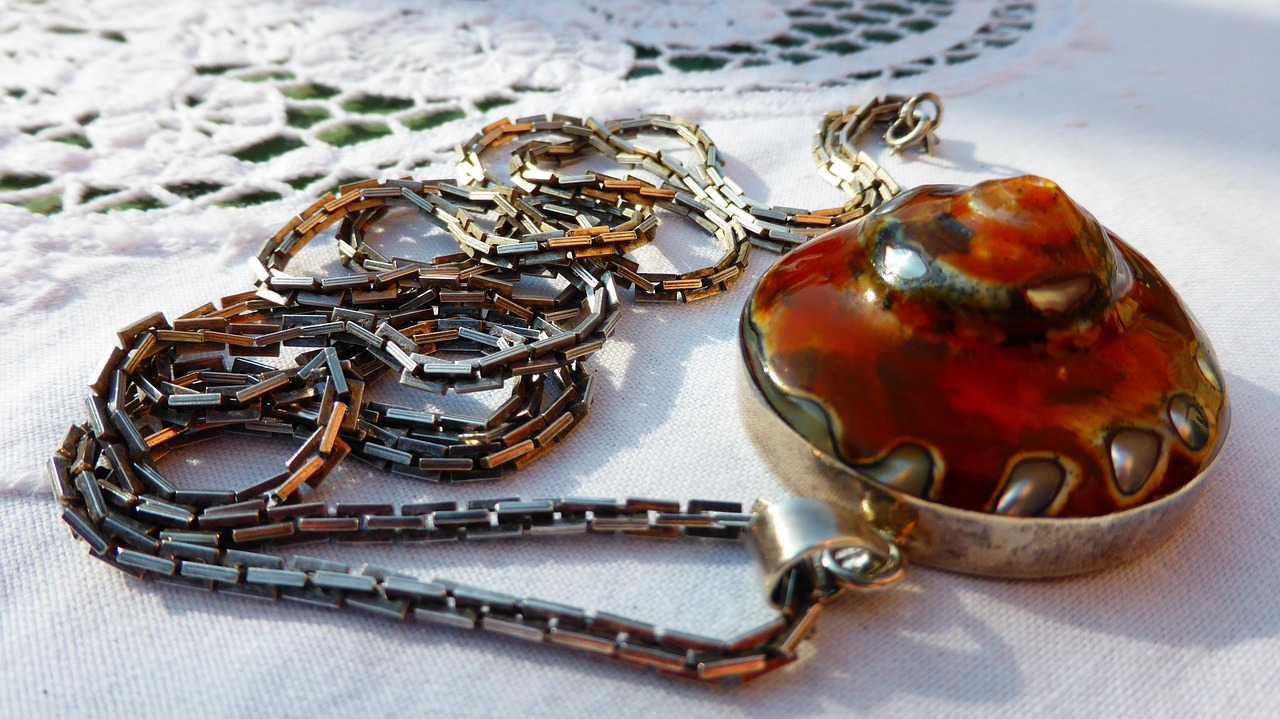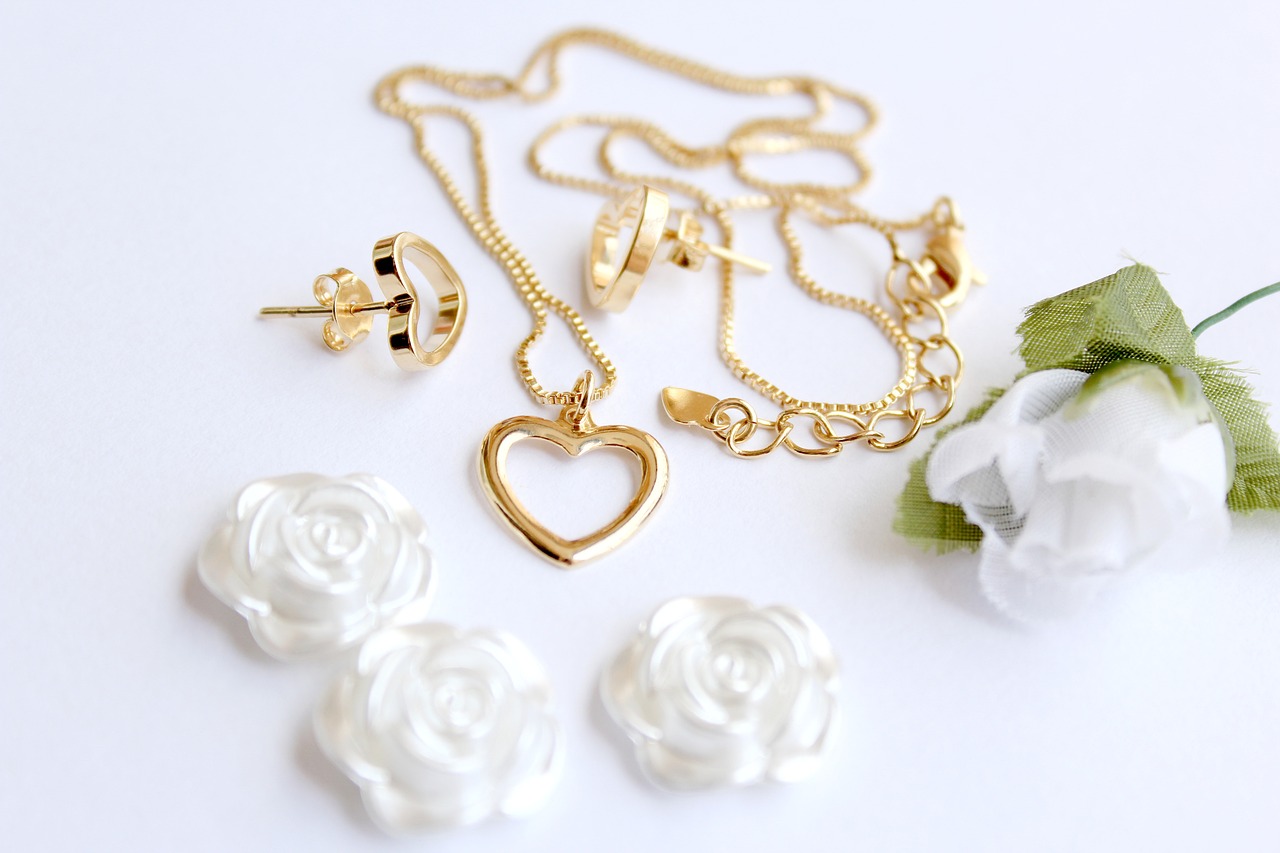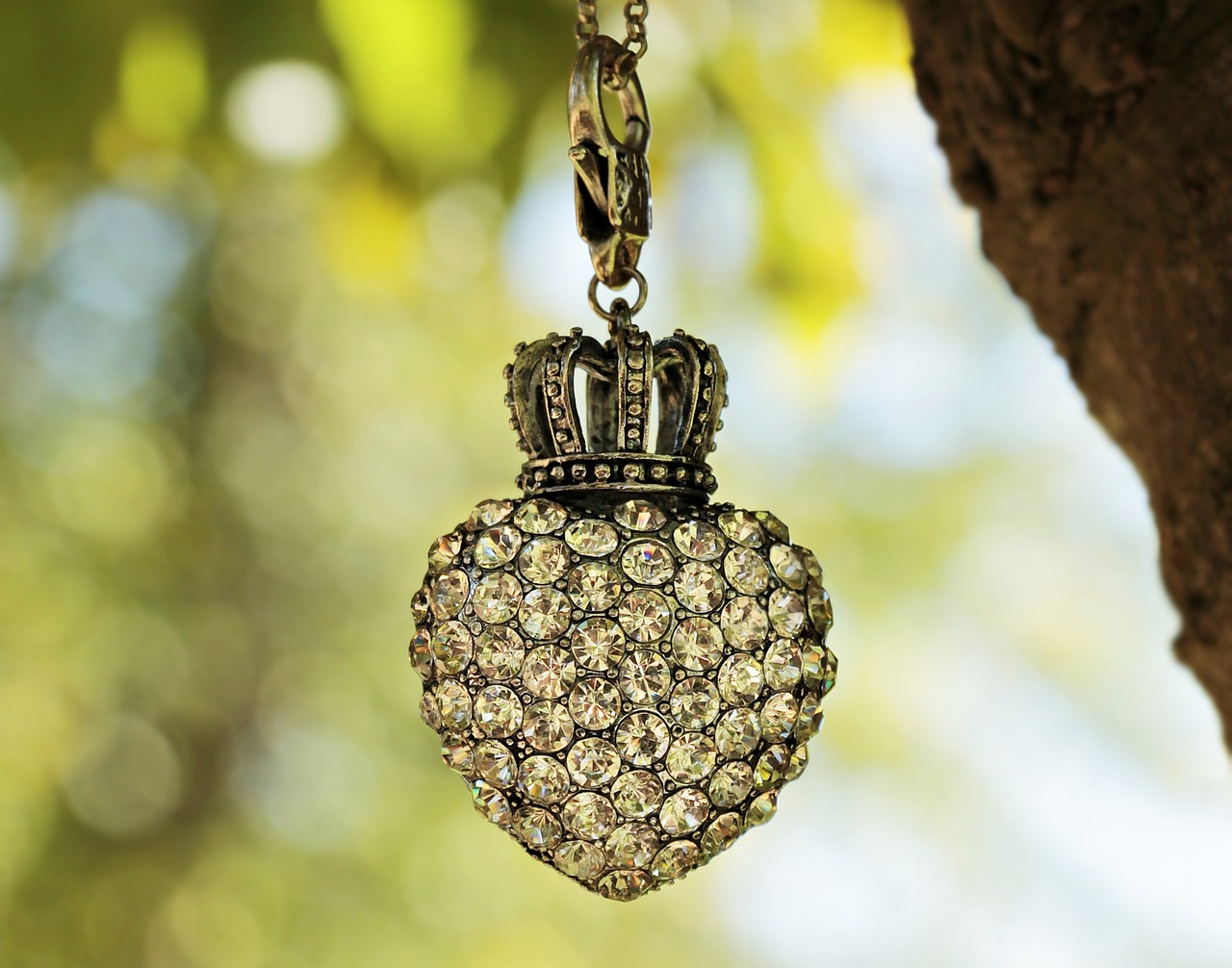This article explores the value retention of white gold, examining its market trends, investment potential, and factors influencing its worth. Understanding these aspects is crucial for investors looking to make informed decisions in the precious metals market.
White gold is an alloy typically composed of yellow gold mixed with other metals such as palladium, nickel, or silver. This combination not only enhances the durability of the gold but also gives it a distinctive silvery-white hue. The process often involves rhodium plating, which adds a brilliant shine but may require periodic reapplication to maintain its luster.
The popularity of white gold in the jewelry market can be attributed to its elegant appearance and robust nature. It complements a variety of gemstones and is often preferred for engagement rings and wedding bands. Its neutral tone allows it to pair well with both colored and clear stones, making it a versatile choice for consumers and jewelers alike.
When comparing white gold to yellow gold, several factors come into play. While yellow gold is often associated with traditional and vintage styles, white gold offers a modern aesthetic that appeals to contemporary tastes. In terms of market demand, white gold has seen a surge in popularity, particularly among younger consumers.
The value of white gold fluctuates based on several key factors:
- Market Demand: As trends shift, the desirability of white gold can rise or fall.
- Purity: Higher karat white gold (e.g., 18K vs. 14K) typically holds more value.
- Global Economic Conditions: Economic stability or instability can impact precious metal prices.
Investing in white gold can be a lucrative decision, but it comes with its risks. The precious metals market can be volatile, and while white gold has historically retained value, potential investors should consider both the pros and cons before making a decision.
To accurately assess the value of white gold, investors should consider:
- Purity: Look for hallmarks indicating the karat.
- Weight: The heavier the piece, the more valuable it typically is.
- Market Trends: Stay informed about current prices and demand.
Market trends for white gold indicate a steady demand, particularly in the jewelry sector. Recent reports suggest that younger generations are favoring white gold over traditional options, leading to a positive outlook for its value. Keeping an eye on these trends can help investors make timely decisions.
While white gold is a popular choice, there are several alternatives worth considering:
- Platinum: Known for its durability and rarity, platinum can be a strong investment.
- Silver: Often more affordable, silver can also provide good investment potential.
- Rose Gold: Increasingly popular, rose gold offers a unique aesthetic and growing market.
To maintain the value and appearance of white gold jewelry, proper care is essential. Here are some practical tips:
- Regular Cleaning: Use a soft cloth and mild soap to clean your jewelry.
- Avoid Harsh Chemicals: Keep white gold away from chlorine and other harsh substances.
- Periodic Replating: Consider having the rhodium plating reapplied every few years to maintain its shine.
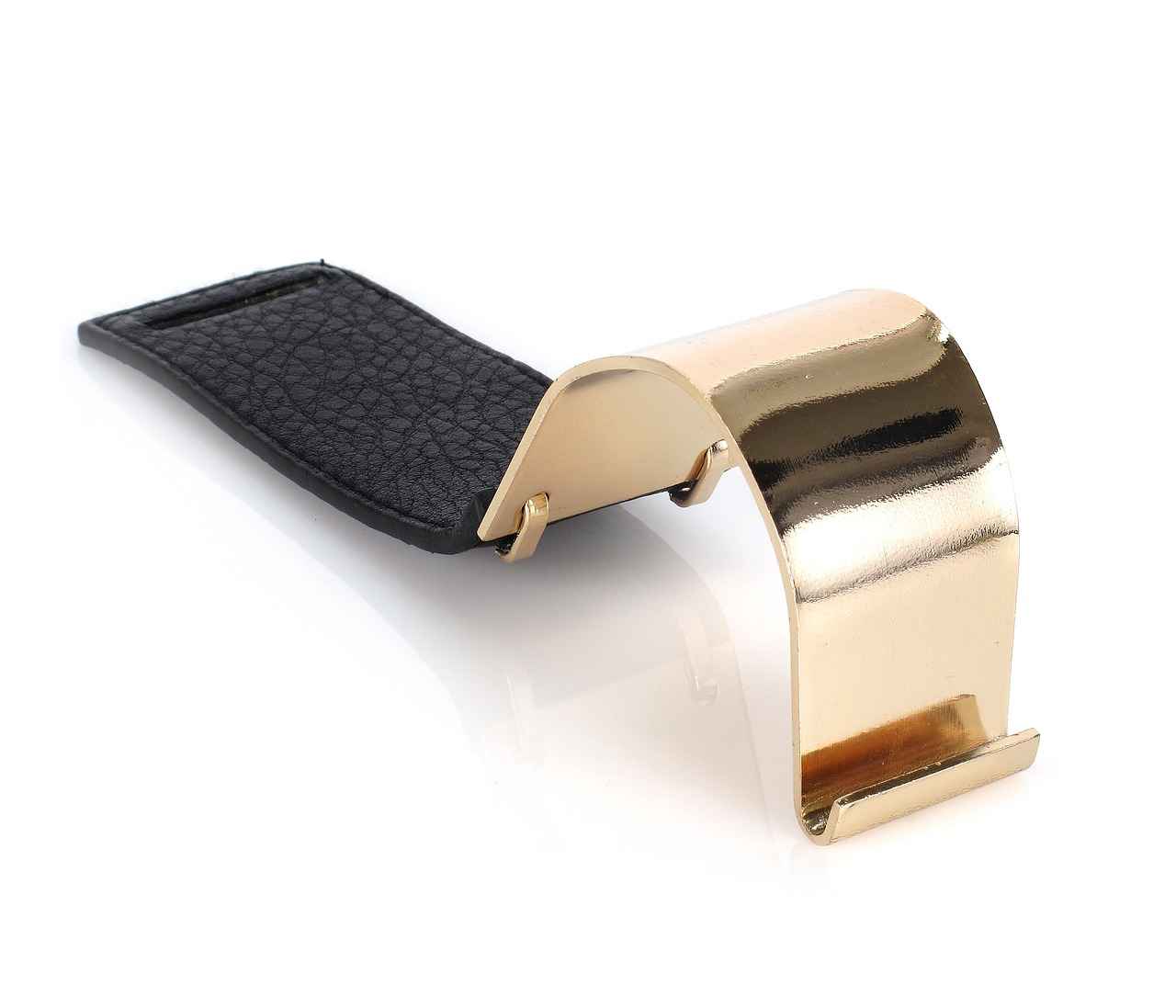
What Is White Gold and How Is It Made?
Understanding white gold involves delving into its composition and the intricate processes that give rise to this precious metal. White gold is not a pure metal; rather, it is an alloy primarily made up of yellow gold mixed with other metals to achieve its distinctive color and properties. The most common metals used in the creation of white gold are palladium, nickel, and silver, each contributing unique characteristics to the final product.
To create white gold, jewelers begin with a specific percentage of yellow gold, typically around 75% for 18-karat white gold, and then blend it with these metals. The alloying process not only changes the color but also enhances the durability and strength of the gold, making it suitable for various types of jewelry.
Additionally, white gold is often plated with a thin layer of rhodium, a precious metal that adds a brilliant shine and further protects the jewelry from scratches and tarnishing. This rhodium plating can wear off over time, necessitating periodic re-plating to maintain its luster.
Here’s a breakdown of the key components in white gold:
| Metal | Function |
|---|---|
| Yellow Gold | Base metal providing intrinsic value |
| Palladium | Enhances strength and color |
| Nickel | Increases hardness and durability |
| Silver | Improves workability and cost-effectiveness |
When considering the manufacturing process, it’s important to note that the quality of white gold can vary significantly depending on the alloy composition and the craftsmanship involved. High-quality white gold is often more expensive due to the inclusion of metals like palladium, which is considered a precious metal in its own right.
Moreover, the environmental impact of mining these metals is a growing concern. Ethical sourcing and sustainability practices are becoming increasingly important in the jewelry industry, prompting many consumers to seek out responsibly sourced white gold.
In summary, white gold is a versatile and popular choice for jewelry, combining the beauty of gold with the strength of various metals. Understanding its composition and the processes involved in its creation can help consumers appreciate the value and craftsmanship behind each piece.

Why Is White Gold Popular in Jewelry?
White gold has become a staple in the jewelry market, captivating consumers and jewelers alike with its unique combination of beauty and resilience. This precious metal, often used in engagement rings, necklaces, and other fine jewelry, offers an alternative to traditional yellow gold, appealing to those who seek a more contemporary aesthetic. But what exactly makes white gold so popular?
Aesthetic Appeal: One of the primary reasons for the popularity of white gold is its stunning appearance. The silvery-white hue of white gold is not only elegant but also complements a variety of gemstones, making it a versatile choice for jewelry design. Its neutral tone allows for a seamless blend with both colored and clear stones, enhancing their brilliance and allure.
Durability: In addition to its beauty, white gold is known for its durability. Composed of a mixture of pure gold and other metals such as nickel, palladium, or silver, white gold is more resistant to scratches and tarnishing compared to yellow gold. This strength makes it an ideal choice for everyday wear, particularly in engagement and wedding rings that are exposed to daily activities.
Versatility in Design: The versatility of white gold extends beyond its aesthetic qualities. Jewelers can easily mold and shape white gold into intricate designs, allowing for a wide range of styles that cater to diverse tastes. From modern minimalist pieces to ornate vintage designs, white gold can be crafted to suit any preference.
Popularity Among Consumers: Consumer preferences have shifted towards white gold in recent years, influenced by fashion trends and the desire for unique jewelry. Many people find white gold to be more fashion-forward compared to yellow gold, aligning with contemporary styles that favor cooler tones. This shift in consumer behavior has contributed to the growing demand for white gold pieces.
Cost-Effectiveness: While white gold is often perceived as a luxury item, it can be a more affordable option compared to platinum, another popular metal in the jewelry market. This balance between quality and price makes white gold an attractive choice for budget-conscious consumers who still want a high-end look.
Maintenance and Care: Although white gold is durable, it does require some maintenance to keep its shine and luster. Many pieces are plated with rhodium, which enhances their brightness but can wear off over time. Regular cleaning and occasional replating can help maintain the jewelry’s appearance, making it a worthwhile investment for those who appreciate its beauty.
Conclusion: The allure of white gold lies in its combination of aesthetic appeal, durability, and versatility, which makes it a favored choice for both consumers and jewelers. Its ability to adapt to various styles and preferences, coupled with its cost-effectiveness, ensures that white gold will continue to shine brightly in the jewelry market.

How Does White Gold Compare to Yellow Gold?
When it comes to choosing between white gold and yellow gold, understanding their differences is crucial for consumers. Both metals have unique characteristics that cater to varying tastes and preferences. This section delves into the value, appearance, and market demand for each type of gold, providing a comprehensive comparison to aid in decision-making.
The value of white gold and yellow gold can vary significantly based on several factors. Generally, both types of gold are alloyed with other metals to enhance their durability and appearance. White gold is often alloyed with metals like palladium or nickel, which can increase its production cost. Conversely, yellow gold typically contains copper and silver. As a result, the market price for white gold may be higher due to its alloy composition and the additional processes involved in its creation.
In terms of appearance, white gold offers a sleek, modern look that many consumers find appealing. Its silvery sheen often resembles platinum, making it a popular choice for contemporary jewelry designs. On the other hand, yellow gold exudes a classic warmth and richness that has remained timeless throughout history. The choice between the two largely depends on personal style and the specific jewelry piece in question.
The market demand for white gold has seen a rise in recent years, particularly among younger consumers who favor its modern aesthetic. Additionally, white gold is often used in engagement rings and fine jewelry, which contributes to its popularity. Yellow gold, while also enduringly popular, tends to attract those who appreciate traditional jewelry styles. Market trends indicate that both metals have their devoted followings, but white gold is currently experiencing a surge in demand.
When it comes to durability, both white gold and yellow gold are relatively strong, but white gold may require more maintenance. The rhodium plating that gives white gold its bright finish can wear off over time, necessitating re-plating to maintain its luster. Yellow gold, being a softer metal, is less prone to chipping but can scratch more easily. Consumers should consider their lifestyle and how often they plan to wear their jewelry when making a decision.
From an investment perspective, both white gold and yellow gold can be sound choices, but they serve different markets. White gold’s rising popularity could indicate a strong potential for value retention, especially if market trends continue favoring its modern appeal. Yellow gold, being a traditional favorite, often holds its value well, especially for vintage pieces. Investors should consider their long-term goals and market conditions when choosing between the two.
In summary, while both white gold and yellow gold have their own unique attributes, understanding their differences in value, appearance, and market demand can significantly influence a consumer’s choice. Whether drawn to the modern allure of white gold or the classic charm of yellow gold, the decision ultimately rests on personal preference and intended use.
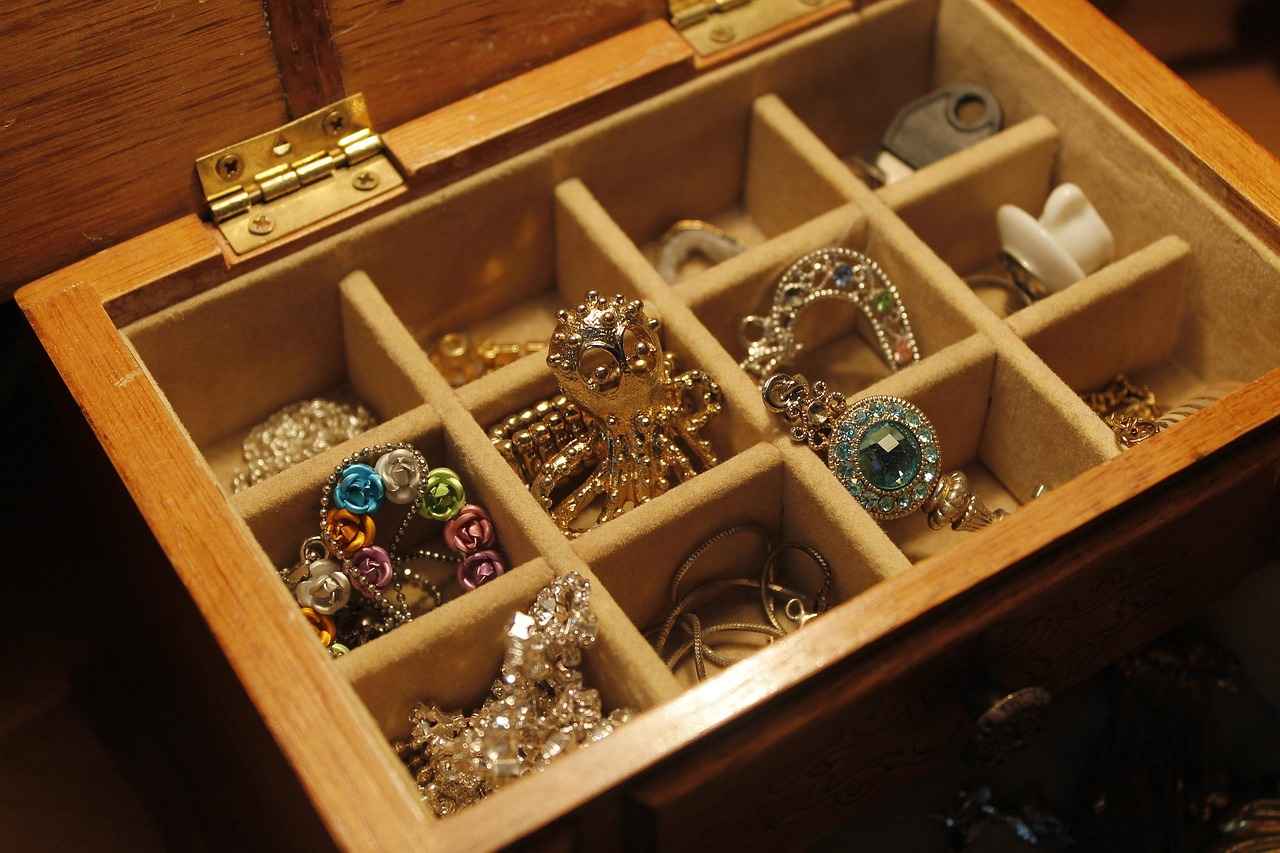
What Factors Influence the Value of White Gold?
The value of white gold is influenced by a multitude of factors that can cause fluctuations in its market price. Understanding these factors is essential for anyone considering investing in this precious metal. In this section, we will explore the primary influences that determine the value of white gold, helping you gain a comprehensive understanding of this investment.
- Market Demand: The demand for white gold is a critical factor in establishing its value. As consumer preferences shift towards modern and elegant jewelry designs, the popularity of white gold has surged. This increased demand can drive prices higher, especially during peak seasons such as holidays and wedding seasons.
- Purity Levels: White gold is an alloy, typically made by mixing yellow gold with metals like palladium or nickel. The purity of the gold, measured in karats, significantly affects its value. Higher purity levels (e.g., 18K or 22K) generally result in a more valuable product. Buyers should always check the karat marking to understand the purity and, consequently, the worth of their white gold pieces.
- Global Economic Conditions: Economic stability plays a vital role in the value of white gold. During times of economic uncertainty, precious metals often become a safe haven for investors. Consequently, a decline in the economy can lead to an increase in white gold prices as more investors seek to secure their wealth in tangible assets.
- Production Costs: The cost of mining and refining gold can also impact its market value. If production costs rise due to factors such as increased labor costs or stricter environmental regulations, these costs are often passed on to consumers, leading to higher prices for white gold.
- Geopolitical Factors: Political instability in gold-producing countries can create supply chain disruptions, affecting the availability of white gold in the market. Such events can lead to price spikes as investors react to the potential for reduced supply.
- Trends in Jewelry Design: Trends in fashion and jewelry design can also influence the value of white gold. As designers introduce new styles and collections that feature white gold, the demand for this metal can increase, thereby enhancing its value.
In summary, the value of white gold is not static; it fluctuates based on a variety of interconnected factors. By understanding these influences, investors can make more informed decisions regarding their purchases and investments in white gold. Whether you are a seasoned investor or a first-time buyer, being aware of these factors can help you navigate the complexities of the white gold market effectively.
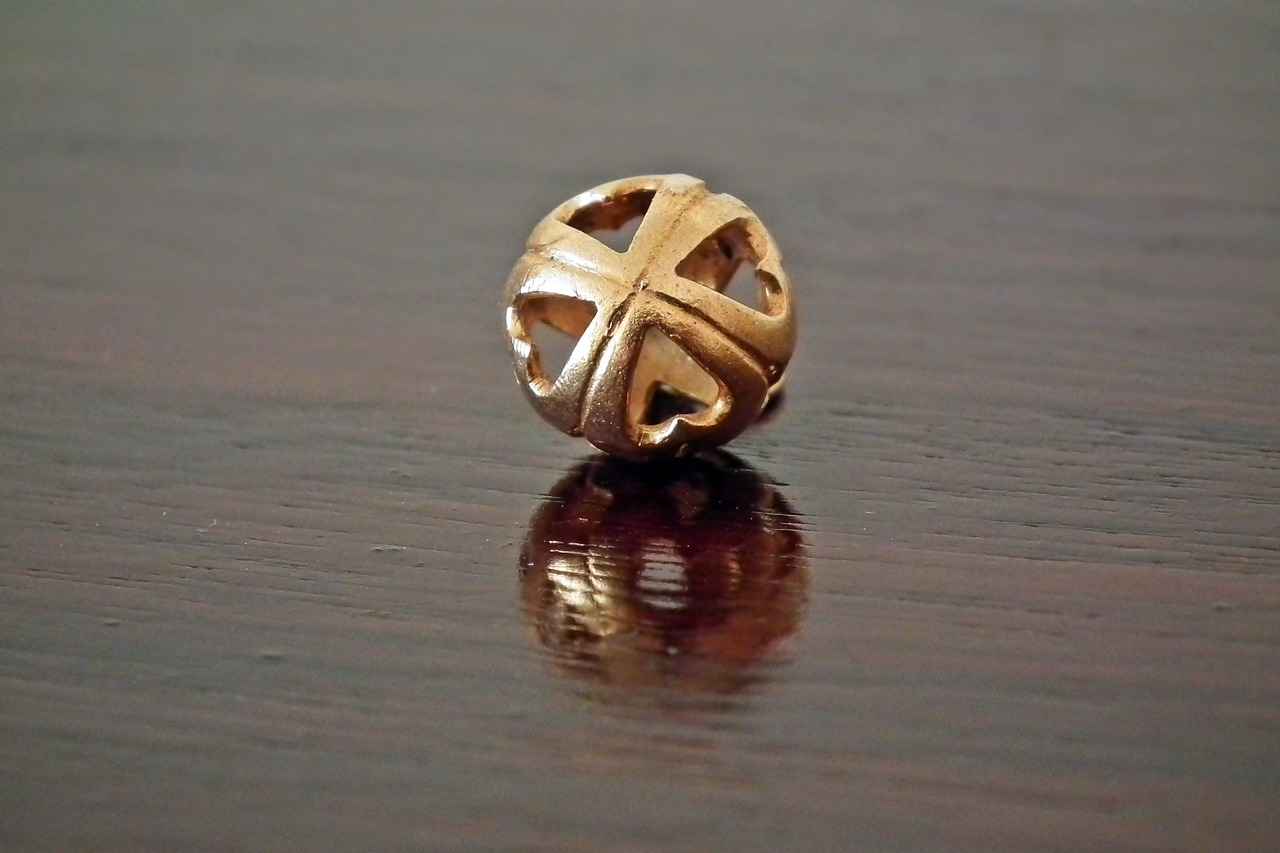
Is White Gold a Good Investment?
Investing in white gold can be a lucrative decision, but it comes with its share of risks and considerations. As a potential investor, it is crucial to understand both the advantages and disadvantages associated with this precious metal. This section aims to provide a comprehensive overview to help you make an informed investment choice.
- High Demand: White gold is highly sought after in the jewelry industry due to its elegant appearance and durability. This consistent demand can contribute positively to its market value.
- Value Retention: Historically, white gold has shown a tendency to retain its value well, especially when compared to other metals. This makes it an attractive option for long-term investment.
- Versatility: White gold’s neutral color makes it a versatile choice for various types of jewelry, appealing to a broad range of consumers. This versatility can enhance its marketability.
- Investment in Alloys: White gold is typically an alloy of gold and other metals like palladium or nickel. The value of these metals can also influence the overall worth of white gold, adding another layer to its investment potential.
- Market Volatility: Like all precious metals, the price of white gold can be influenced by fluctuating market conditions, which may pose risks to investors.
- Maintenance Costs: White gold jewelry often requires regular maintenance, including rhodium plating, to maintain its shine and prevent tarnishing. This can add to the overall cost of ownership.
- Purity Variations: The purity of white gold can vary significantly, affecting its value. Investors must be diligent in assessing the purity levels of their purchases to ensure they are making sound investments.
- Emotional Value: Many people invest in white gold for personal or sentimental reasons, which can cloud judgment when it comes to its financial worth.
Before investing in white gold, it is essential to conduct thorough research and consider your financial goals. Speak with a professional jeweler or investment advisor to gain insights into market trends and the specific characteristics of the white gold pieces you are considering.
In conclusion, while investing in white gold can offer potential rewards, it is vital to weigh the pros and cons carefully. A well-informed investor will be better equipped to navigate the complexities of this precious metal market, ultimately leading to more successful investment outcomes.
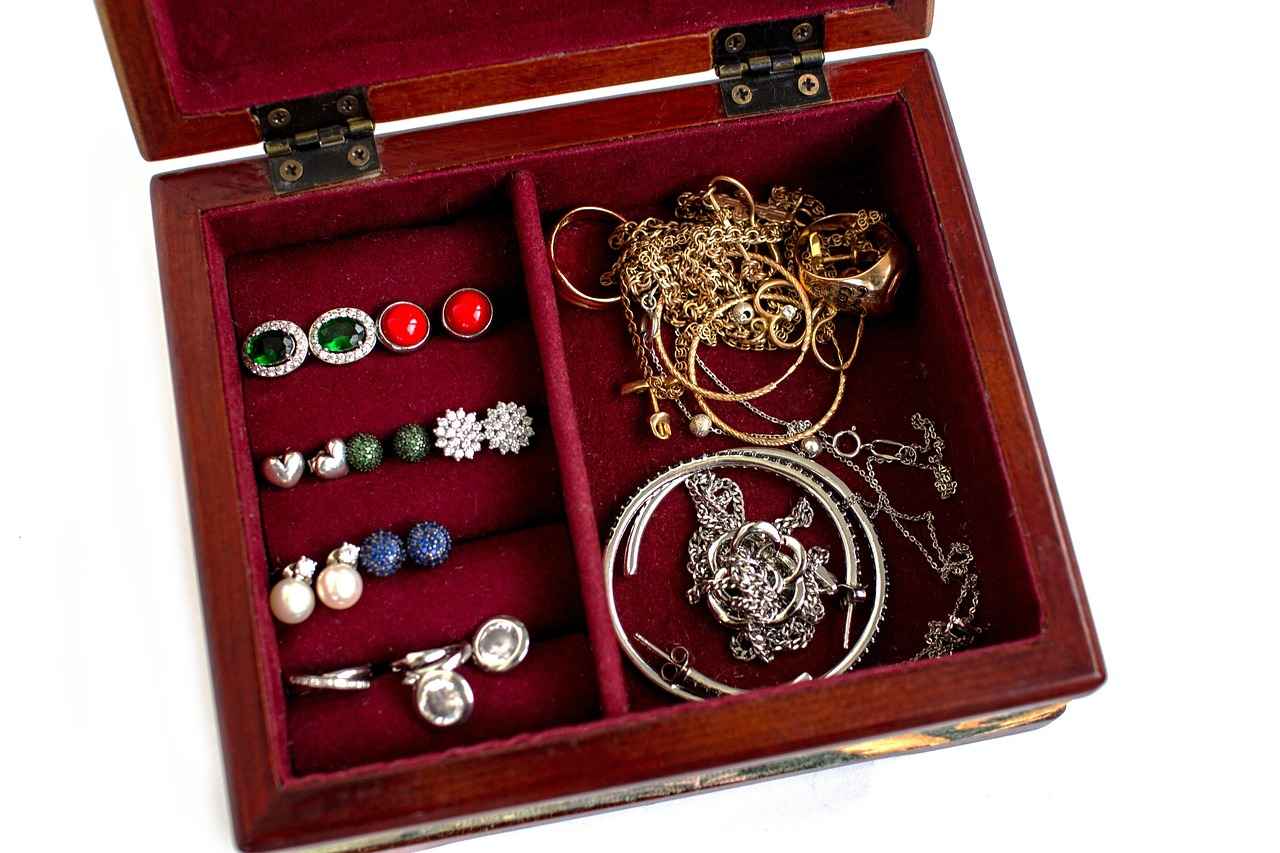
How to Determine the Value of White Gold?
Determining the value of white gold is a crucial step for anyone looking to buy, sell, or invest in this precious metal. The evaluation process is multifaceted, requiring a keen understanding of various factors that contribute to its worth. Here are some practical tips to help you effectively assess the value of white gold.
The purity of white gold is measured in karats (K), with 14K and 18K being the most common in jewelry. The higher the karat, the greater the gold content, which typically increases its value. For example:
| Karat | Gold Content | Typical Use |
|---|---|---|
| 10K | 41.7% | Budget-friendly jewelry |
| 14K | 58.3% | Popular for everyday wear |
| 18K | 75% | High-end jewelry |
When evaluating white gold, always check for a stamp indicating its karat value, as this significantly impacts its market price.
The weight of your white gold piece is another critical factor in determining its value. Weighing your jewelry in grams provides a more accurate assessment of its worth. The price of gold fluctuates, so it’s wise to check current market rates. A simple formula to estimate value is:
Value (Weight in grams) x (Current gold price per gram) x (Purity factor)
Understanding market trends is essential for evaluating the value of white gold. Prices can be influenced by a variety of factors:
- Global Economic Conditions: Economic stability or instability can lead to fluctuations in gold prices.
- Consumer Demand: Increased demand for white gold in jewelry can drive prices up.
- Supply Chain Factors: Changes in mining production or geopolitical issues can affect availability and price.
Keeping an eye on these trends can help you make informed decisions about buying or selling white gold.
If you’re uncertain about assessing the value of your white gold, consulting with a professional appraiser can be beneficial. They can provide a detailed evaluation based on current market conditions and the specific characteristics of your piece.
Having documentation, such as certificates of authenticity or appraisals, can significantly enhance the value of white gold jewelry. These documents provide proof of purity and can reassure potential buyers of the quality and worth of the piece.
In summary, determining the value of white gold involves a combination of assessing its purity, weight, and understanding market trends. By following these practical tips and staying informed, you can effectively evaluate the worth of your white gold jewelry and make informed investment decisions.

What Are the Market Trends for White Gold?
The market for white gold has evolved significantly over the years, influenced by various economic factors, consumer preferences, and global trends. Understanding these trends is crucial for investors and consumers alike, as they can significantly affect the value of white gold.
In recent years, the demand for white gold has seen a steady increase, primarily driven by its popularity in fine jewelry. This precious metal is often favored for its elegant appearance and ability to complement various gemstones. As more consumers seek unique and stylish jewelry options, white gold has become a preferred choice for engagement rings, wedding bands, and other fine jewelry pieces.
The value of white gold is closely tied to the overall economic climate. When the economy is strong, disposable income rises, leading to increased spending on luxury items, including jewelry. Conversely, during economic downturns, demand may wane, potentially driving prices down. Investors should monitor economic indicators, such as inflation rates and consumer confidence, as these factors can heavily influence white gold’s market value.
Experts predict that the demand for white gold will continue to grow, especially as more consumers become aware of its benefits compared to other metals. The trend towards sustainability and ethical sourcing is also likely to play a role in shaping the white gold market. As consumers increasingly prioritize ethically produced materials, white gold, often sourced responsibly, may see a boost in demand.
Technological advancements in the jewelry-making process have also contributed to the rising popularity of white gold. Innovations in alloying techniques and plating processes have enhanced the durability and appearance of white gold, making it more appealing to consumers. As manufacturers adopt these technologies, the quality and desirability of white gold jewelry are expected to improve, further solidifying its market position.
When evaluating market trends, it’s essential to compare white gold with other precious metals, such as yellow gold and platinum. While yellow gold has traditionally been favored for its rich color, white gold’s modern aesthetic has gained traction, especially among younger consumers. Additionally, platinum, known for its rarity and durability, often commands higher prices, but white gold remains a more affordable alternative without sacrificing quality.
Understanding consumer preferences is vital for predicting market trends. Recent surveys indicate that many consumers are drawn to white gold for its versatility and timeless appeal. The rise of social media and influencer marketing has also played a significant role in shaping buying behavior, as consumers are increasingly influenced by trends showcased online.
For investors, the future potential of white gold appears promising. As demand continues to rise and economic conditions stabilize, the value of white gold is likely to appreciate. However, it’s essential for investors to conduct thorough research and stay informed about market dynamics to make well-informed decisions.
In conclusion, the market trends for white gold are influenced by a combination of economic factors, consumer preferences, and technological advancements. By staying attuned to these trends, both consumers and investors can make informed decisions regarding white gold, ensuring they capitalize on its potential for value retention and growth.
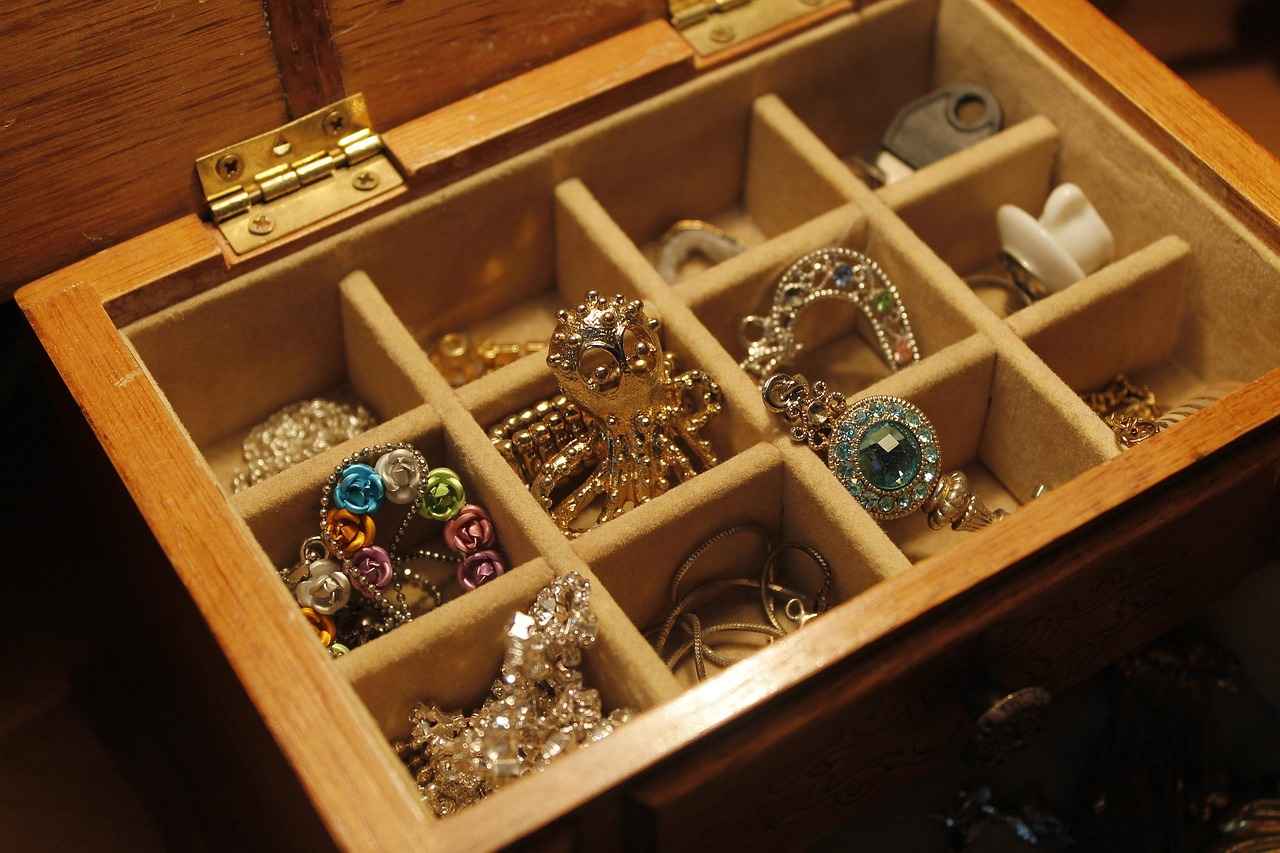
Are There Alternatives to White Gold for Investment?
Investors seeking to diversify their portfolios often consider various precious metals as alternatives to white gold. While white gold is a popular choice due to its aesthetic appeal and durability, exploring other metals can provide unique investment opportunities. This section delves into some of the most viable alternatives, their characteristics, and their potential as investment options.
- Platinum: Known for its rarity and density, platinum is a favored choice among investors. It is often used in high-end jewelry and industrial applications, which can drive its value.
- Palladium: This metal has gained popularity in recent years, especially in the automotive industry for catalytic converters. Its price volatility can present both risks and opportunities for investors.
- Silver: A more affordable alternative, silver has a long history of use as a currency and investment vehicle. Its price is influenced by industrial demand and market sentiment.
- Rhodium: Although less common, rhodium has seen significant price increases due to its limited supply and high demand in automotive and industrial sectors.
When comparing these alternatives to white gold, several factors come into play:
- Value Retention: While white gold retains value relatively well, metals like platinum and rhodium have shown stronger price appreciation over time, making them attractive for long-term investments.
- Market Demand: The demand for each metal varies based on industrial applications and consumer preferences. For instance, palladium’s rise in the automotive sector has significantly impacted its market value.
- Purity and Composition: White gold is an alloy, typically made from yellow gold and other metals. In contrast, metals like platinum are often used in their pure form, which can affect their value and desirability.
Investing in alternative metals comes with its own set of risks. Market fluctuations, geopolitical factors, and changes in industrial demand can all impact prices. For example, while palladium has seen substantial gains, its price can be highly volatile, making it a risky investment for some.
When considering alternatives to white gold, investors should evaluate their risk tolerance, investment goals, and market conditions. Here are some tips:
- Research Market Trends: Stay informed about market trends and forecasts for each metal. Understanding supply and demand dynamics is crucial.
- Diversify Your Portfolio: Instead of focusing solely on one metal, consider a mix of investments to spread risk and enhance potential returns.
- Consult with Experts: Engaging with financial advisors or precious metals experts can provide valuable insights and help tailor investment strategies to individual needs.
In summary, while white gold remains a popular choice for jewelry and investment, exploring alternatives such as platinum, palladium, silver, and rhodium can offer investors additional avenues for diversification and potential growth. By understanding the unique characteristics and market factors influencing these metals, investors can make informed decisions that align with their financial goals.
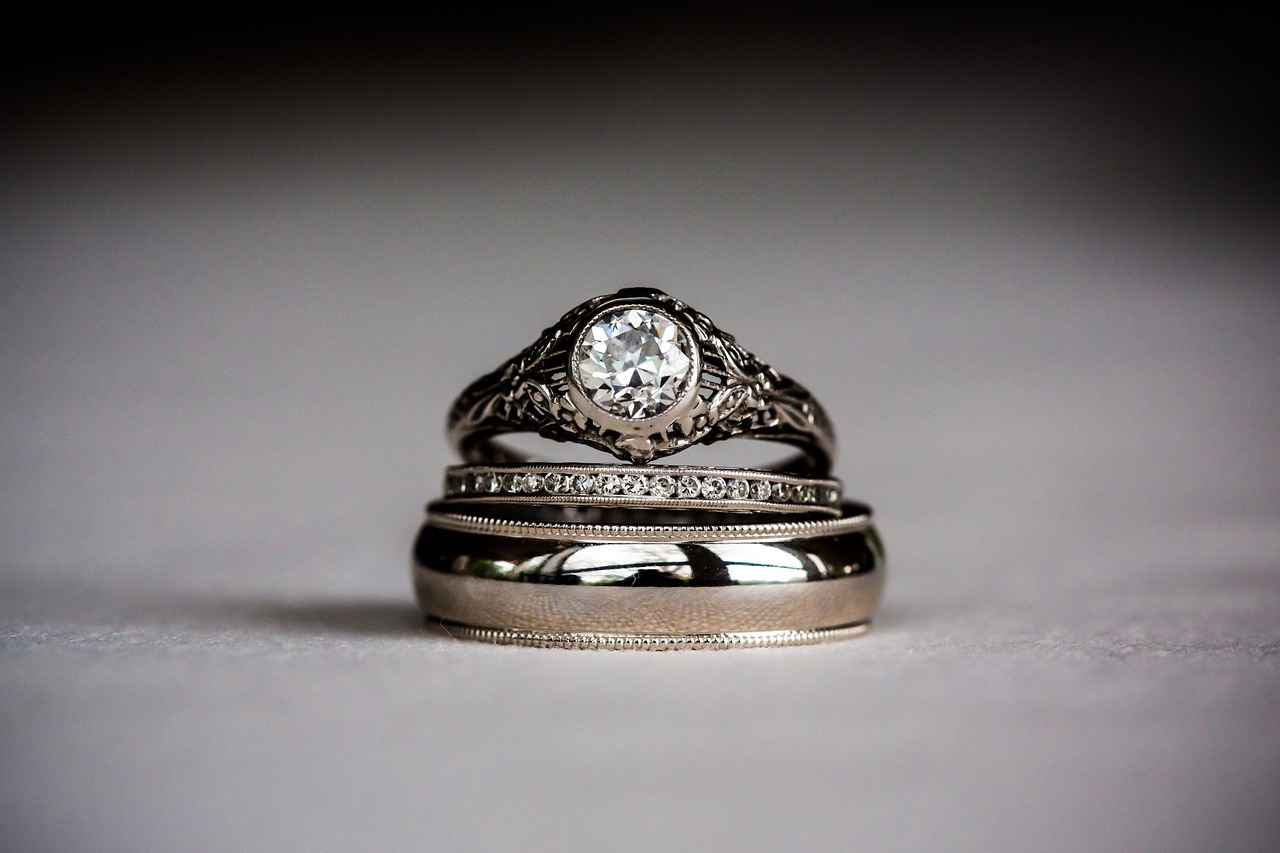
How to Care for White Gold Jewelry?
Proper maintenance of white gold jewelry is essential for preserving its value and appearance. White gold, known for its stunning luster and durability, requires specific care techniques to maintain its shine and prevent tarnishing. Below are practical tips to ensure the longevity and brilliance of your white gold pieces.
- Regular Cleaning: Clean your white gold jewelry regularly to remove dirt and oils. Use a soft cloth or a gentle jewelry cleaner specifically designed for gold. Avoid harsh chemicals that can damage the metal.
- Avoid Exposure to Harsh Chemicals: Chemicals found in household cleaners, perfumes, and lotions can tarnish white gold. Always put on your jewelry after applying such products and avoid wearing it while cleaning or swimming.
- Proper Storage: Store your white gold jewelry in a soft cloth pouch or a separate compartment in a jewelry box. This prevents scratches and keeps the pieces from tangling with each other.
- Periodic Professional Cleaning: Consider having your white gold jewelry professionally cleaned and polished at least once a year. Jewelers can restore the rhodium plating that gives white gold its distinctive shine.
- Be Mindful of Wear: While white gold is durable, it can still be scratched. Remove rings and bracelets during activities that may cause damage, such as exercising or heavy lifting.
- Check for Loose Stones: If your white gold jewelry features gemstones, regularly check for any loose stones. A professional jeweler can secure them and prevent loss.
Additionally, it’s important to understand that white gold is an alloy typically made from yellow gold mixed with metals like palladium or nickel. This composition can affect how it reacts to different environments. For instance, if you have sensitive skin, be cautious with white gold containing nickel, as it may cause allergic reactions.
Another aspect to consider is the rhodium plating that many white gold pieces have. This plating enhances the shine and provides a protective layer. Over time, this plating can wear off, leading to a yellowish tint. Regular maintenance and professional replating can keep your jewelry looking new and vibrant.
In summary, taking care of your white gold jewelry involves regular cleaning, avoiding harsh chemicals, proper storage, periodic professional maintenance, and being cautious during wear. By following these guidelines, you can ensure that your white gold pieces remain as stunning and valuable as the day you purchased them.
Frequently Asked Questions
- What is white gold made of?
White gold is an alloy primarily composed of yellow gold mixed with metals like palladium or nickel. This combination gives it a stunning silvery appearance while enhancing its durability.
- Why is white gold so popular in jewelry?
White gold’s popularity stems from its elegant look and strength. It provides a modern twist to traditional gold, making it a favorite for engagement rings and other fine jewelry.
- How does the value of white gold compare to yellow gold?
While both types of gold have their unique charm, white gold often holds a higher value due to its alloy composition and market demand. However, this can fluctuate based on trends and economic factors.
- What factors can affect the value of white gold?
Several factors influence white gold’s value, including purity, weight, market demand, and global economic conditions. Keeping an eye on these elements can help you understand its worth better.
- Is investing in white gold a smart choice?
Investing in white gold can be lucrative, but it’s essential to weigh the risks. Like any investment, it’s vital to do your research and consider market trends before diving in.
- How can I determine the value of my white gold jewelry?
To determine the value of white gold, assess its purity (karat), weight, and current market trends. Consulting with a professional jeweler can also provide valuable insights.
- What are the current market trends for white gold?
Market trends for white gold can vary, but keeping an eye on economic indicators and consumer preferences can help you gauge its future potential. Regular updates from reliable sources are key!
- Are there other investment options besides white gold?
Absolutely! Alternatives like platinum, silver, and even cryptocurrencies can offer diverse investment opportunities. Each has its pros and cons, so it’s worth exploring!
- How should I care for my white gold jewelry?
To keep your white gold jewelry looking its best, clean it regularly with a soft cloth and avoid exposure to harsh chemicals. Proper care ensures your pieces shine for years to come!

